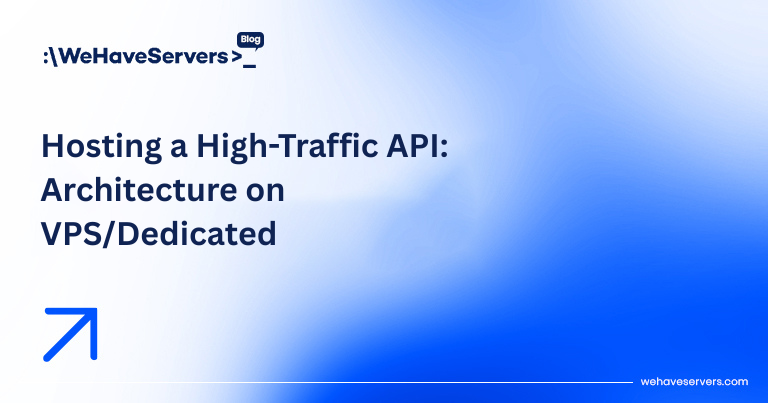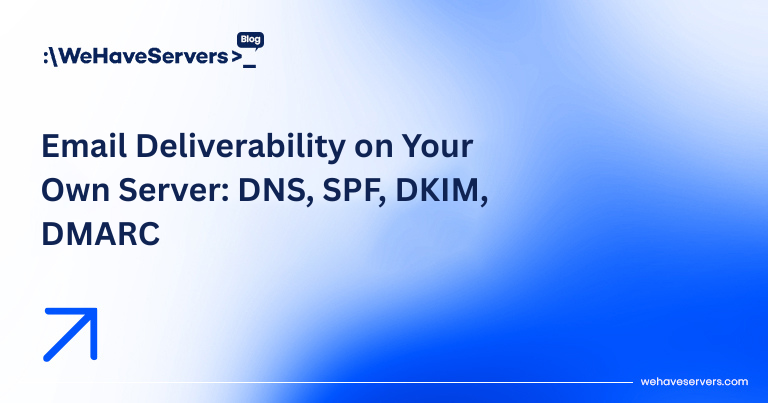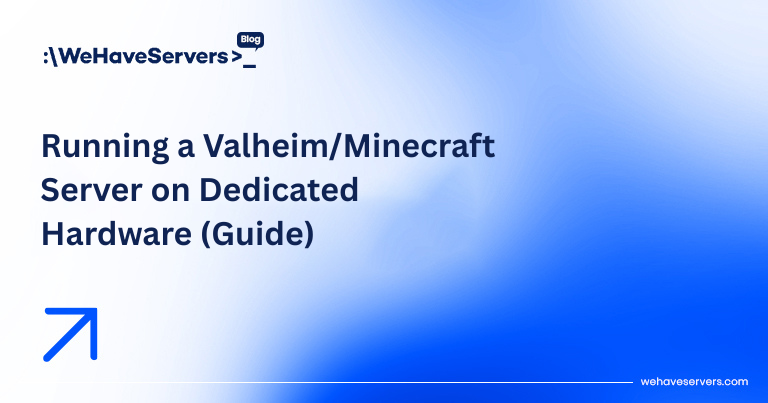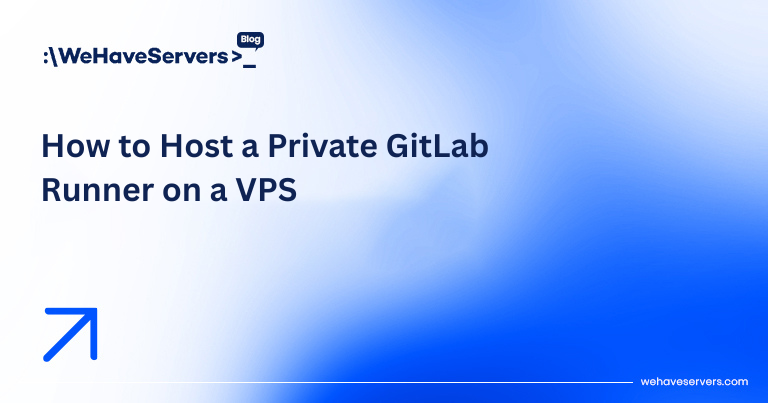
Hosting a High-Traffic API: Architecture on VPS/Dedicated
Hosting a High-Traffic API: Architecture on VPS/Dedicated
APIs are the backbone of SaaS platforms, mobile apps, and modern web services. Whether you’re serving thousands of requests per second from IoT devices or powering a B2B SaaS platform, hosting a high-traffic API requires careful planning. Poor architecture leads to downtime, latency spikes, and runaway costs. This guide explores how to build scalable, resilient API infrastructure on VPS and dedicated servers in 2025.
🔹 VPS vs Dedicated for APIs
Before discussing architecture, let’s clarify when to choose VPS vs dedicated:
- VPS: Best for startups or small-scale APIs. Flexible scaling, low upfront cost, but shared hypervisor may introduce noisy-neighbor effects.
- Dedicated Server: Best for sustained high traffic, consistent performance, and compliance. Full control over hardware (CPU pinning, SR-IOV, GPU acceleration).
Rule of thumb: Start with VPS if traffic <50k requests/min. Move to dedicated or hybrid clusters once growth is predictable.
🔹 Core Architecture Components
1. Load Balancing
Distribute incoming API requests across multiple backend servers to prevent overload.
- Nginx/HAProxy: Industry standard L4/L7 balancers.
- Keepalived: For failover between load balancer nodes (VRRP).
- DNS Load Balancing: Use GeoDNS for multi-region deployments.
2. Application Layer
Run your API code (Node.js, Go, Python, Java, etc.). Recommendations:
- Use stateless app servers — avoid storing sessions locally.
- Containerize (Docker, Podman) for reproducibility.
- Enable horizontal scaling: 4–8 app nodes behind a load balancer.
3. Database Layer
- SQL: PostgreSQL/MySQL with replication.
- NoSQL: MongoDB, Cassandra for write-heavy workloads.
- Deploy read replicas for high read throughput.
4. Caching Layer
- Redis/Memcached: Reduce DB load by caching frequent queries.
- CDN (Cloudflare, Fastly): Cache GET endpoints at edge for global performance.
5. Message Queues
Handle asynchronous tasks (emails, logs, payments) via RabbitMQ, Kafka, or NATS. Keeps API response times low.
🔹 Performance Tuning
- Kernel Tuning: Increase file descriptors, tune
net.core.somaxconn, and use BBR TCP congestion control. - Connection Handling: Use async frameworks (FastAPI, Express, Gin) or workers (Gunicorn, uWSGI).
- Compression: Gzip/Brotli responses for bandwidth savings.
- HTTP/2 and HTTP/3 (QUIC): Reduce latency for mobile/API clients.
🔹 Scaling Patterns
Vertical Scaling
Add more CPU/RAM to a single VPS/dedicated box. Simple but limited.
Horizontal Scaling
Add more nodes behind a load balancer. Requires stateless design and distributed cache/session handling.
Global Scaling
Deploy across regions (EU, US, Asia) with GeoDNS and regional databases. Essential for latency-sensitive SaaS.
🔹 Monitoring & Observability
- Metrics: Prometheus + Grafana dashboards (latency, RPS, error rates).
- Logs: ELK/EFK stack (Elasticsearch + Kibana + Fluentd).
- Tracing: OpenTelemetry for distributed tracing.
- Alerting: Zabbix or Prometheus Alertmanager for SLA-driven triggers.
Always monitor p95/p99 latency, not just averages. High-traffic APIs live and die by tail performance.
🔹 Security & Reliability
- Rate Limiting: Prevent abuse with Nginx or API Gateway throttling.
- Authentication: JWT, OAuth2, API keys. Rotate secrets frequently.
- DDoS Mitigation: Use upstream DDoS protection or CDN scrubbing.
- Backups: Nightly DB backups with PITR (point-in-time recovery).
- Redundancy: N+1 on all critical layers (LB, DB, app).
🔹 Example Architecture (50k RPS)
- 2× HAProxy load balancers (VRRP failover).
- 8× app servers (8 vCPU, 16 GB RAM each).
- 3× PostgreSQL nodes (1 primary, 2 replicas).
- 2× Redis nodes (master-replica, with Sentinel).
- Message queue cluster (Kafka with 3 brokers).
This setup runs comfortably on dedicated servers with dual AMD EPYC CPUs and NVMe SSDs. A smaller version can run on VPS clusters if traffic is <10k RPS.
✅ Conclusion
Hosting a high-traffic API requires more than just buying a powerful VPS or dedicated server. You need a layered architecture: load balancing, caching, stateless app design, resilient databases, and strong monitoring. Start simple, monitor aggressively, and scale horizontally as requests grow. By combining dedicated hardware with modern API design principles, you can achieve low latency, high availability, and predictable costs.
At WeHaveServers.com, we provide dedicated servers and high-performance VPS in Romania/EU with low-latency connectivity, ideal for scaling API-driven businesses.
❓ FAQ
How many requests can a VPS handle?
A tuned 4 vCPU / 8 GB VPS can handle ~5,000–10,000 requests/min for lightweight APIs. Dedicated servers scale to 50k+ RPS with proper architecture.
Should I use containers for API hosting?
Yes. Containers ensure portability and scaling across VPS/dedicated fleets. Kubernetes or Nomad can orchestrate them at scale.
How do I avoid database bottlenecks?
Use read replicas, caching (Redis), and async queues. Scale vertically first, then distribute reads/writes horizontally.
Is bare metal faster than VPS?
Yes. Dedicated servers eliminate hypervisor overhead, provide consistent I/O, and allow CPU pinning and SR-IOV networking.
Do I need a CDN for an API?
For global APIs, yes. Edge caching reduces latency for static responses. Dynamic APIs benefit less but still gain DDoS protection.



